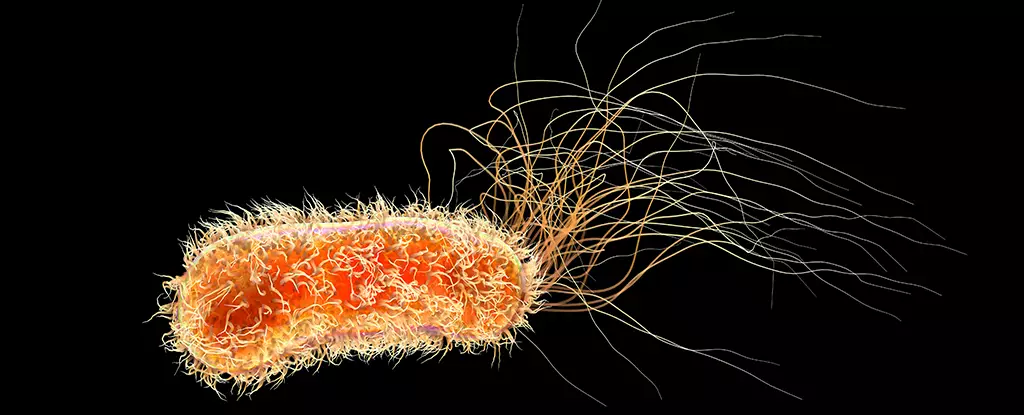Pseudomonas aeruginosa, a common gram-negative bacterium, has been described as a true comic book villain among microbes. It has the ability to evade our immune system and invade the most sterile environments, earning its place on the World Health Organization’s list of priority 1 pathogens. This deceptive killer, though prevalent in our surroundings, can transform into a ruthless infection under the right conditions. The evolutionary history of how this microorganism developed into an opportunistic threat has been a subject of intrigue. An international team of researchers, spearheaded by scientists from the University of Cambridge, delved into the species’ genetic family tree using 9,829 bacterial samples from various sources worldwide, dating back to 1900. Within this extensive dataset, they identified 21 strains that were responsible for the majority of infections, highlighting the rapid evolution of these strains over the past two centuries as the root of the bacterium’s dangerous infectious nature.
The Deadly Versatility
Pseudomonas aeruginosa’s adaptability is a cause for concern, as it can thrive in diverse environments, from jet fuel to pure water, and possess a formidable antibiotic resistance arsenal. This versatility poses a significant challenge in healthcare settings, where stringent hygiene protocols often fall short in combating infections. Patients with chronic lung conditions such as cystic fibrosis (CF) are particularly vulnerable to P. aeruginosa, with several strains showing a distinct preference for individuals with CF. These strains have developed specialized mechanisms to exploit the compromised immune systems of CF patients, allowing them to evade immune responses and persist within the host. By exchanging resistance traits amongst themselves, these CF-specific strains have adapted to their unique niche, evolving to withstand conventional treatment strategies.
The Ominous Threat
Senior author Andres Floto, a respiratory biologist at the University of Cambridge, emphasizes the importance of understanding Pseudomonas aeruginosa’s transmission dynamics beyond CF patients, as highly resistant forms of the pathogen can spread easily among other patient populations. The ease of transmission and the bacterium’s intrinsic resistance mechanisms underscore the need for enhanced screening and isolation protocols in healthcare settings. While P. aeruginosa may remain a formidable adversary, gaining insights into its strengths and vulnerabilities is crucial in mitigating its potential to evolve into an even more perilous threat. The study sheds light on the pathogen’s ability to adapt and survive in extreme conditions, underscoring the urgency of ongoing research efforts to combat this insidious foe.
Pseudomonas aeruginosa’s status as a microbial villain is well-deserved, given its ability to exploit vulnerabilities in our immune defenses and thrive in various environments. The findings from the University of Cambridge study offer valuable insights into the evolutionary history and transmission dynamics of this opportunistic pathogen. By understanding the mechanisms underlying P. aeruginosa’s pathogenicity and resistance, researchers can develop more effective strategies to combat its spread and mitigate the impact of infections in vulnerable patient populations. As we continue to unravel the mysteries of this insidious microbe, the importance of vigilance and innovation in infection control practices cannot be overstated in our ongoing battle against P. aeruginosa.


Leave a Reply